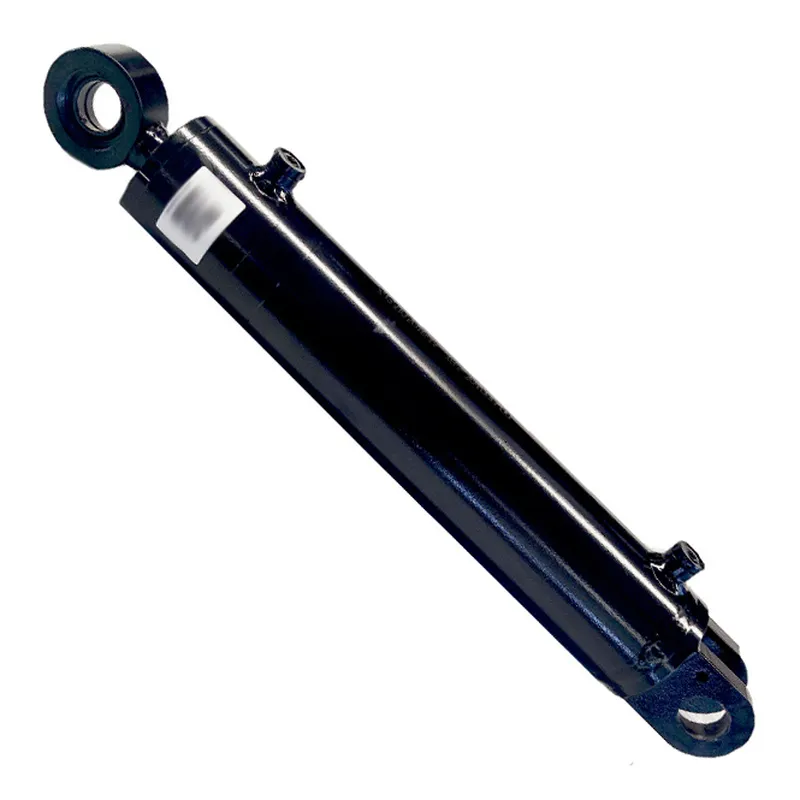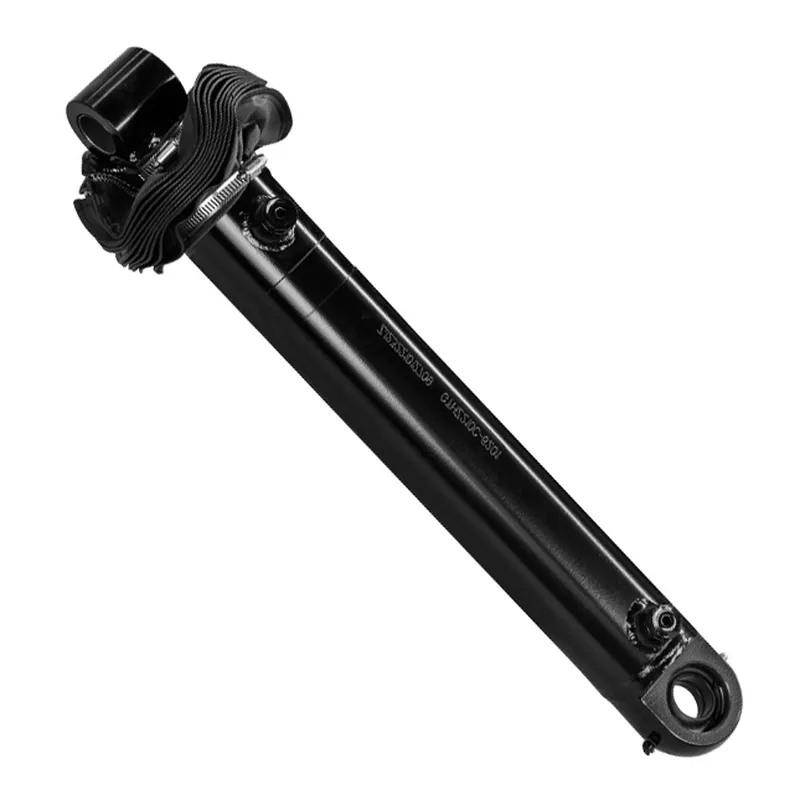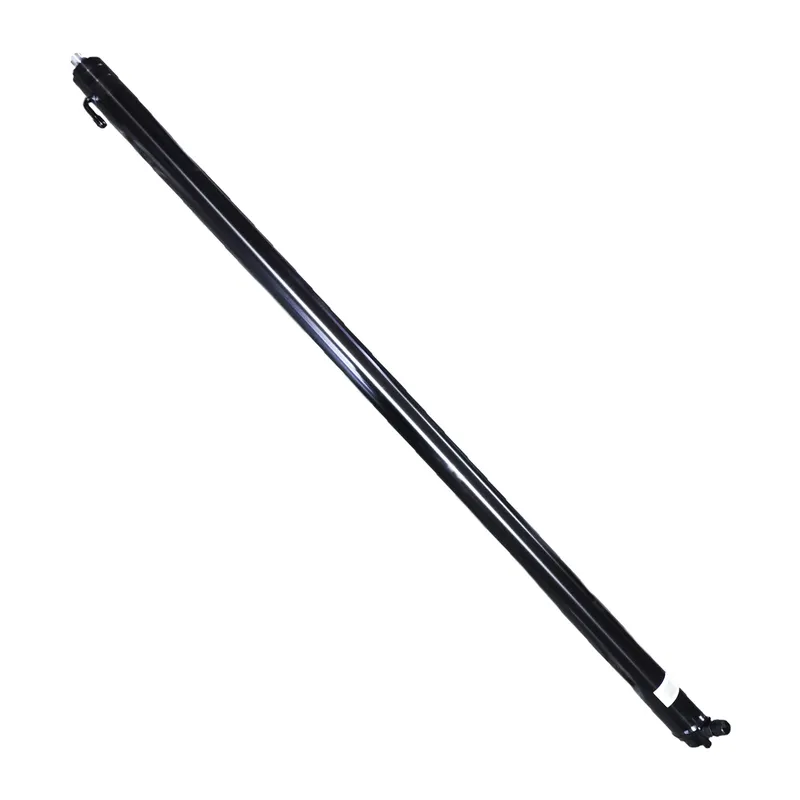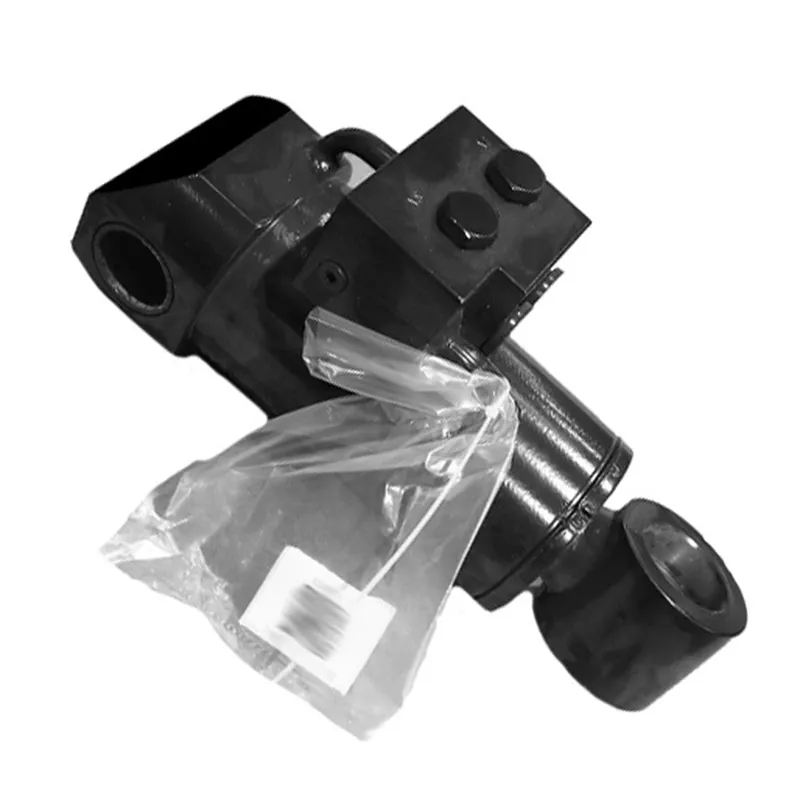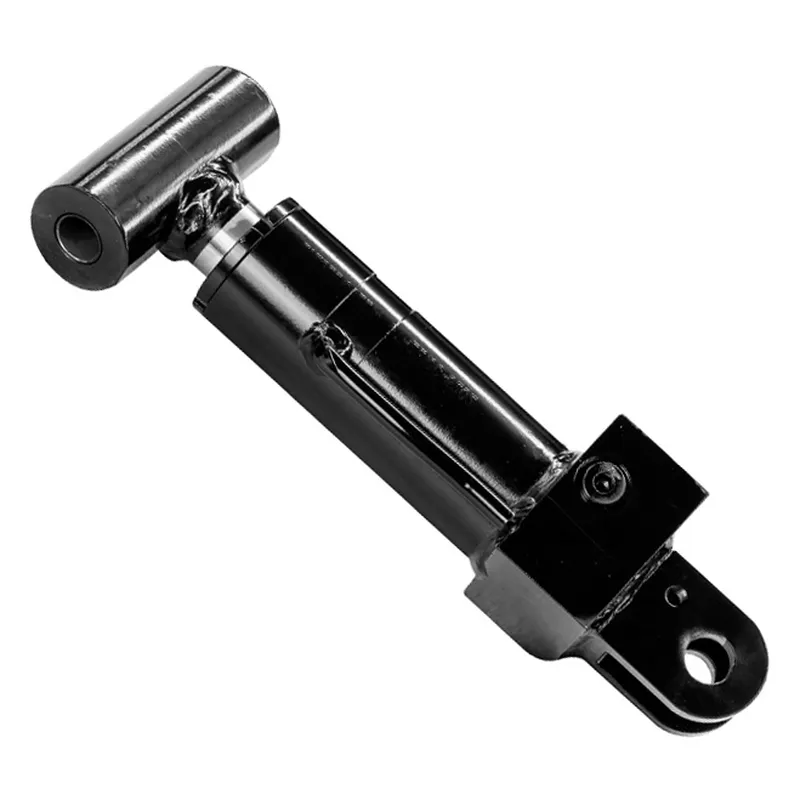Tightening Hydraulic Cylinder for Large Excavator
A tightening hydraulic cylinder for a large excavator, often referred to as a track adjuster cylinder, is a specialized hydraulic component designed to maintain and adjust the tension of the excavator’s tracks. Located in the undercarriage, it connects to the track frame and uses pressurized hydraulic fluid or grease to extend or retract, ensuring optimal track tension for stability and maneuverability.
A tightening hydraulic cylinder for a large excavator, often referred to as a track adjuster cylinder, is a specialized hydraulic component designed to maintain and adjust the tension of the excavator’s tracks. Located in the undercarriage, it connects to the track frame and uses pressurized hydraulic fluid or grease to extend or retract, ensuring optimal track tension for stability and maneuverability. This hydraulic tightening cylinder is critical for large excavators, which handle heavy loads and operate in rugged environments, as it prevents track slippage or derailment. Typically, it features a robust steel barrel, a piston, and durable seals to withstand high pressures and harsh conditions.
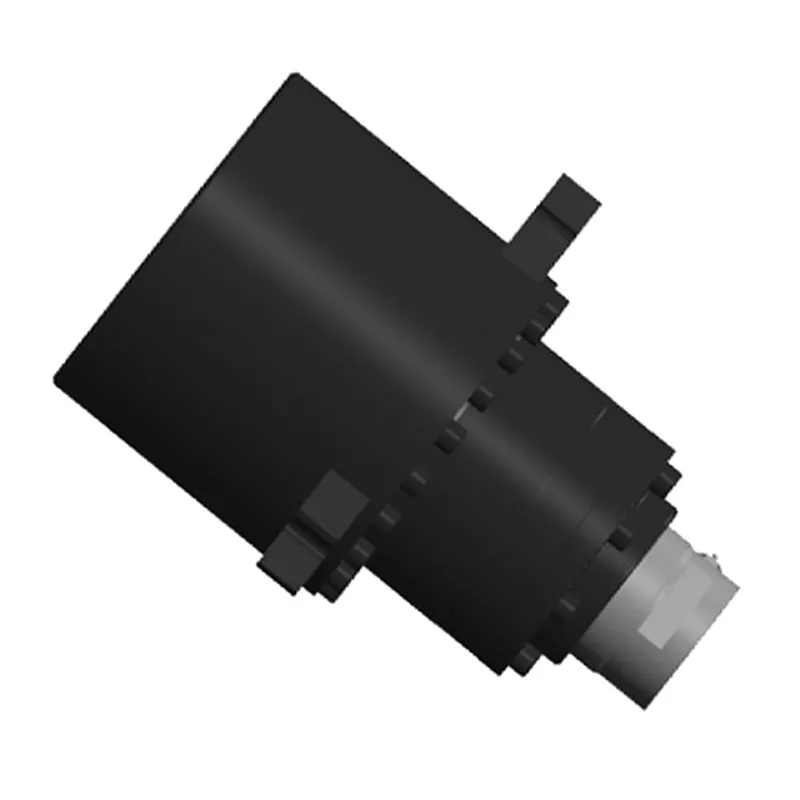
Large Excavator Tightening Hydraulic Cylinder Specifications
| Product Name: | Large Excavator Tightening Hydraulic Cylinder |
| Function: | Control the action of track tension. |
| Bore Diameter: | 280mm-380mm |
| Rod diameter: | 170mm-300mm |
| Stroke: | ≤700mm |
| Maximum pressure MPa: | 35MPa |
| Thrust Force: | 3967.4KN |
Large Excavator Hydraulic Cylinder Types
- Hydraulic Boom Cylinders
Hydraulic boom cylinders are pivotal in controlling the excavator’s boom, the primary arm extending from the machine’s body. These robust cylinders, powered by pressurized hydraulic fluid, enable precise lifting and lowering motions. Constructed with durable steel and high-quality seals, they withstand immense pressures and harsh environments. Regular maintenance ensures optimal performance, supporting heavy loads during digging operations. - Hydraulic Stick Cylinders
Hydraulic stick cylinders, also known as arm hydraulic cylinders, manage the movement of the excavator’s stick or dipper arm. They facilitate the extension and retraction of the stick, allowing precise digging depth control. Built with reinforced materials, these cylinders endure repetitive stress and rugged terrains. Proper lubrication and seal inspections are critical for longevity. - Hydraulic Bucket Cylinders
Hydraulic bucket cylinders control the bucket’s curling and dumping actions, essential for scooping and releasing materials. These cylinders provide the force needed for efficient digging and loading. Designed with heavy-duty components, they handle intense workloads and abrasive conditions. Regular checks for wear and hydraulic fluid levels ensure reliable operation. - Hydraulic Tightening Cylinders
Hydraulic tightening cylinders, or track adjuster hydraulic cylinders, maintain optimal track tension in the excavator’s undercarriage. They use hydraulic fluid or grease to adjust track tightness, preventing slippage or derailment. Made with sturdy steel and robust seals, they endure high pressures. Routine maintenance, including leak checks, ensures stable performance in demanding environments.

Large Excavator Hydraulic Tightening Cylinder Benefits
- Enhanced Track Stability
The tightening hydraulic cylinder ensures optimal track tension, preventing slack or excessive tightness. Properly tensioned tracks enhance the excavator’s stability during operation, reducing the risk of derailment and ensuring smooth movement across uneven or rugged terrains. - Reduced Wear and Tear
By maintaining the correct track tension, the tightening cylinder minimizes unnecessary stress on the tracks, idler wheels, and sprockets. This reduces wear and tear, prolonging the lifespan of these critical components and lowering maintenance costs over time. - Improved Operational Efficiency
With properly tensioned tracks, excavators can operate more efficiently by maintaining better traction and balance. This improves digging precision, load handling, and maneuverability, allowing operators to complete tasks faster and with greater accuracy in challenging environments. - Increased Equipment Reliability
The hydraulic tightening cylinder’s robust design ensures consistent performance even in harsh working conditions. By preventing track-related issues, it enhances the overall reliability of the excavator, reducing the likelihood of unexpected downtime or costly repairs. - Extended Component Lifespan
By evenly distributing the tension across the tracks, the large excavator hydraulic cylinder helps reduce uneven wear on track components. This extends the lifespan of the tracks, rollers, and idler wheels, contributing to lower long-term operational costs for the machine. - Enhanced Safety
Properly tensioned tracks contribute to safer excavator operations by reducing the risk of track derailment and maintaining stability. This is especially important when operating heavy equipment in hazardous conditions, ensuring both operator and equipment safety.
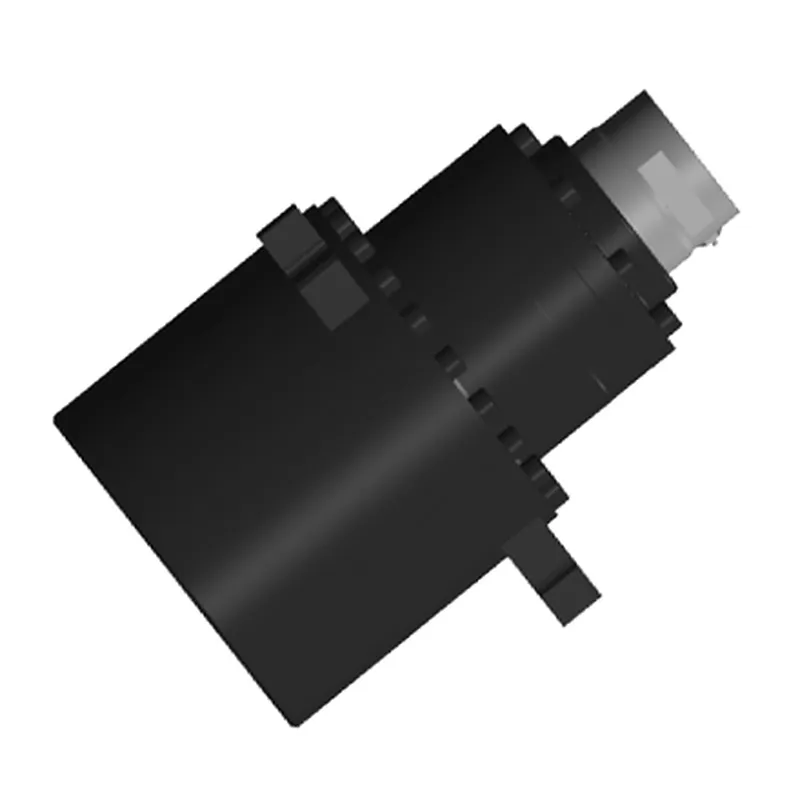
Large Excavator Tightening Hydraulic Cylinder Failures
- Hydraulic Fluid Leaks
Hydraulic fluid leaks in tightening cylinders often result from worn or damaged seals due to high-pressure operations. This causes reduced track tension, leading to instability and potential derailment. Regular inspections and timely seal replacements are crucial to prevent fluid loss and maintain cylinder functionality in demanding environments. - Seal Deterioration
Seals in tightening hydraulic cylinders degrade over time due to exposure to harsh conditions like dirt, moisture, and extreme temperatures. Deteriorated hydraulic cylinder seals compromise the cylinder’s ability to hold pressure, resulting in inconsistent track tension. Routine maintenance and using high-quality, durable seals can mitigate this failure risk. - Piston Rod Damage
Hydraulic cylinder piston rods can suffer bending or corrosion from heavy loads or abrasive environments. Damaged rods impair the cylinder’s ability to adjust track tension effectively, causing operational inefficiencies. Protective coatings and regular cleaning help prevent corrosion, while careful operation avoids overloading and potential rod deformation. - Contamination of Hydraulic Fluid
Contaminated hydraulic fluid, often from dirt or water ingress, can damage internal cylinder components. This leads to reduced performance and potential cylinder failure, affecting track stability. Regular fluid checks and proper filtration systems are essential to maintain clean fluid and ensure reliable cylinder operation. - Overpressure Failures
Excessive hydraulic pressure, often from improper adjustments or system malfunctions, can cause cylinder barrel cracks or seal blowouts. This results in loss of track tension control, risking derailment. Installing pressure relief valves and monitoring system pressure can prevent overpressure-related failures in tightening cylinders.
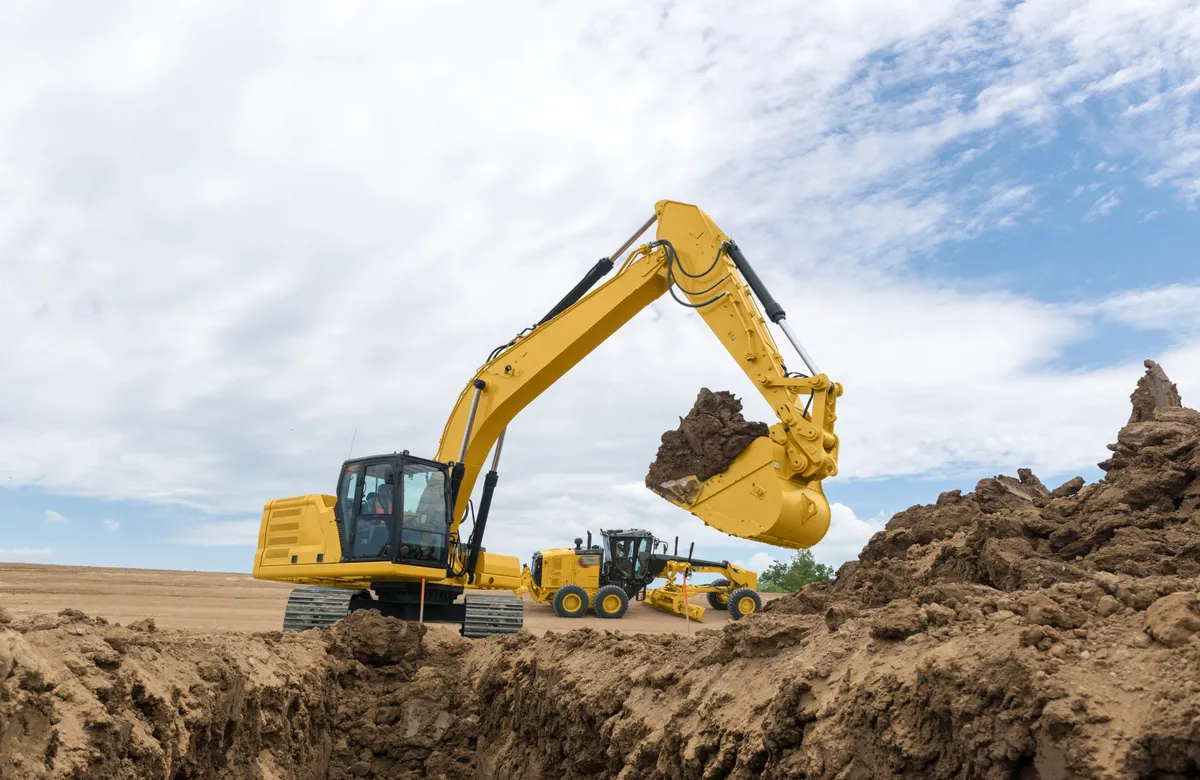 |
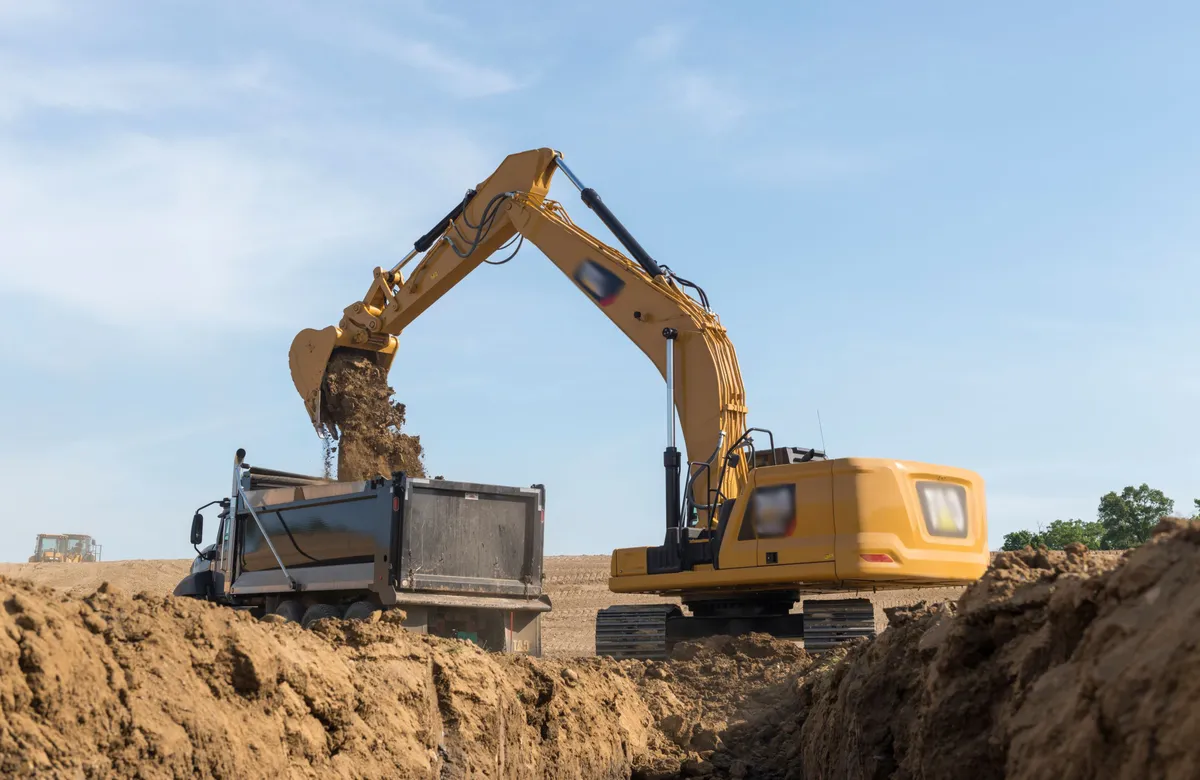 |
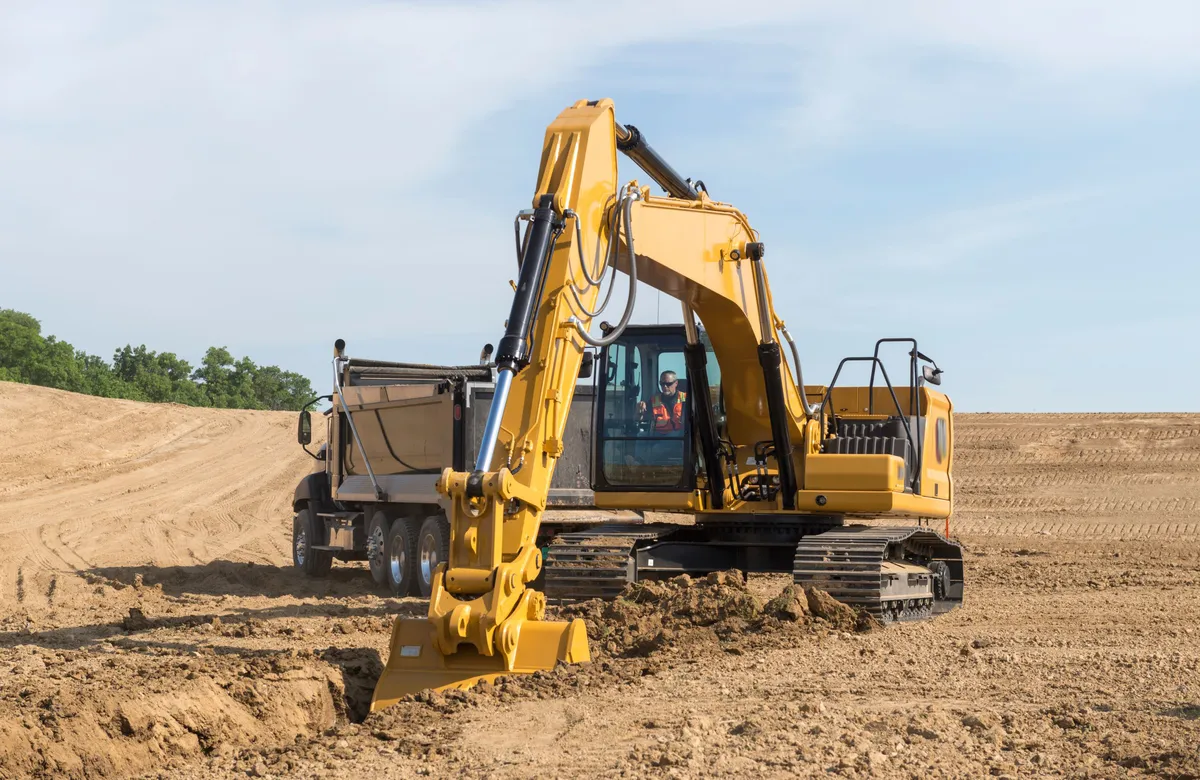 |
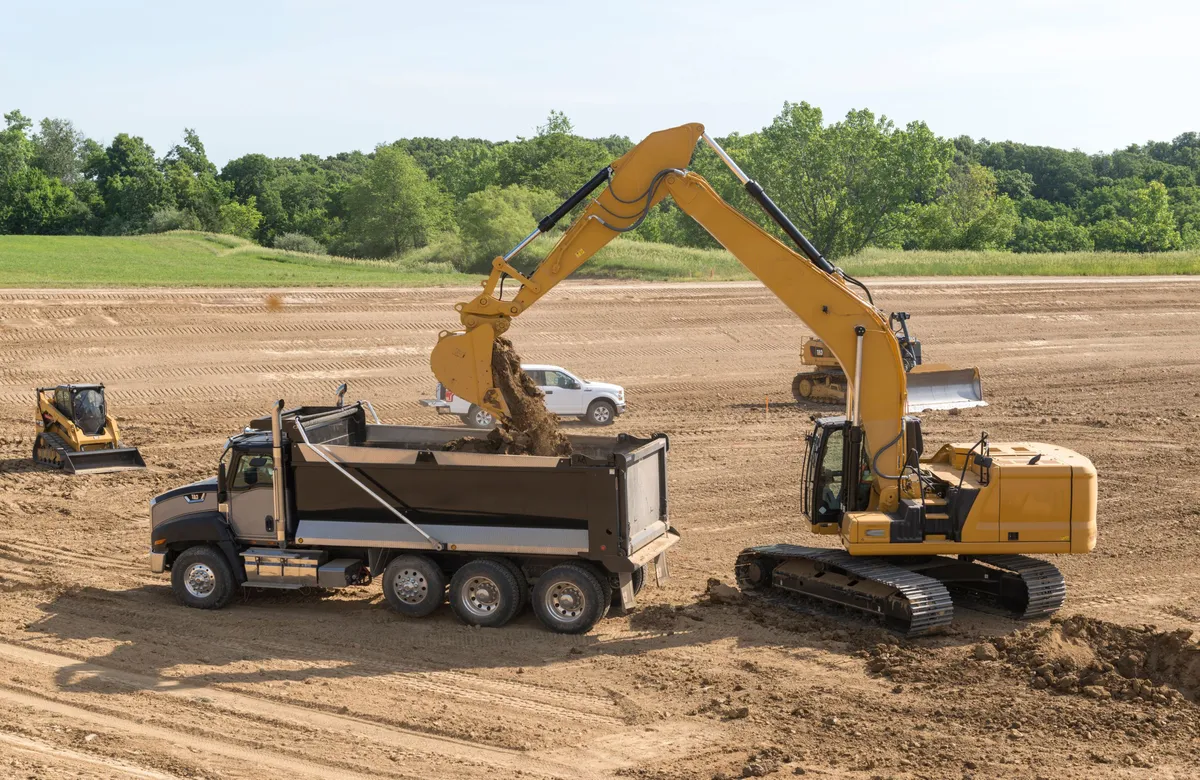 |
Additional information
| Edited by | Yjx |
|---|
